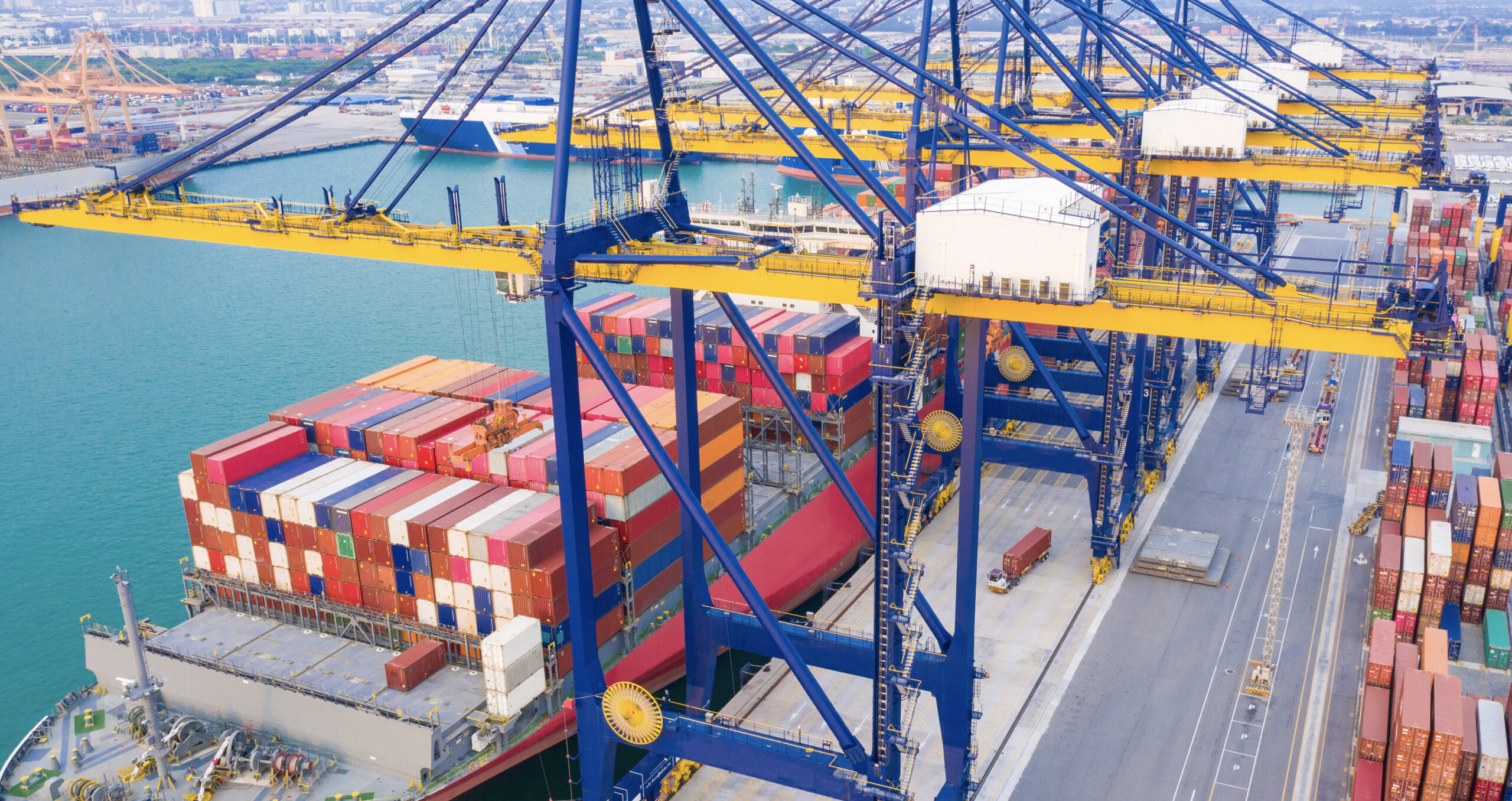
China calls for WTO discussion on ‘certain environmental measures’

The Chinese government has asked the EU to explain the implications of its carbon border adjustment mechanism amid ongoing trade tensions between Europe and the Asian superpower.
China put forward a proposal for “dedicated multilateral discussions on the trade aspects and implications of certain environmental measures” during the World Trade Organization’s Committee on Trade and Environment meeting, held between March 14 and 15. This comes amid Beijing’s rising concerns over trade protectionism in Europe.
The original document dated March 13 stated that “trade policies are increasingly being used as a tool to implement environmental objectives”, and that the “trade aspects of certain environmental measures have given rise to controversies”.
Among environmental measures, China has been notably concerned by the EU’s Carbon Border Adjustment Mechanism, which will extend existing carbon pricing for domestic industries to imported materials such as iron, steel and cement. It is due to be implemented from 2026, with the transition period starting later this year.
While the proposal did not mention the EU directly, local media reports suggested that the CBAM was the initial target, according to the South China Morning Post.
Sean Kidney, chief executive of the Climate Bonds Initiative and a member of the People’s Bank of China Green Finance Task Force, said that amid ongoing trade tensions with China, the Chinese government is concerned that there is concerted action between the US and Europe directed against China.
“This will be a test of the EU’s diplomacy to explain how the CBAM works and how it is, ultimately, designed to create a carbon tax equivalence with other markets,” he added.
“The train is at the station,” he said, referring to the CBAM, “but this is an opportunity to build and co-operate.”
According to the bloc’s official statistics body Eurostat, China was the largest source of EU imports in 2022, accounting for over a fifth of total, and the third largest destination of EU exports, with 9 per cent of total.
Currently, the EU and China are working on the EU-China common ground green taxonomy. An updated version of the first phase came out last year.
Unreasonable compliance burdens
Elena Belletti, head of carbon research at consultancy Wood Mackenzie, said that the CBAM had previously gone through rounds of discussion and debate “to make it as WTO-compliant as possible”.
“That’s why the mechanism settings mirror [the] EU’s emissions trading system to avoid a component of hidden protectionism by treating EU and non-EU producers equally,” she added, stressing that the “EU has been very clear that the primary purpose of the CBAM is environmental, not protectionist”.
However, Belletti said that implementing the CBAM could potentially lead to unreasonable compliance burdens on exporting countries, which is “not very WTO-compliant”.
“Even [if] the EU wants to address the issue of dual-production and dual-sale in the context of the CBAM, it is a very different issue to tackle in practice. It will be very difficult to avoid distortion of international trade,” she said.
“The WTO should play a greater role in promoting environmental sustainability through trade policies, in facilitating trade in low-carbon products, in lowering carbon-related trade barriers, and in preventing trade frictions,” China’s motion read.
The knock-on effects of the CBAM outside the EU have been mixed, with experts warning that the mechanism could cause issues for developing countries.
Elsewhere, campaign group CleanTrade found that a UK CBAM could help to increase demand for UK-produced steel.
Similar Articles

Importing low-carbon chemicals and steel can lower costs of transition

SFDR uncertainty likely to limit increase in Article 8 funds in 2024, says Fitch


